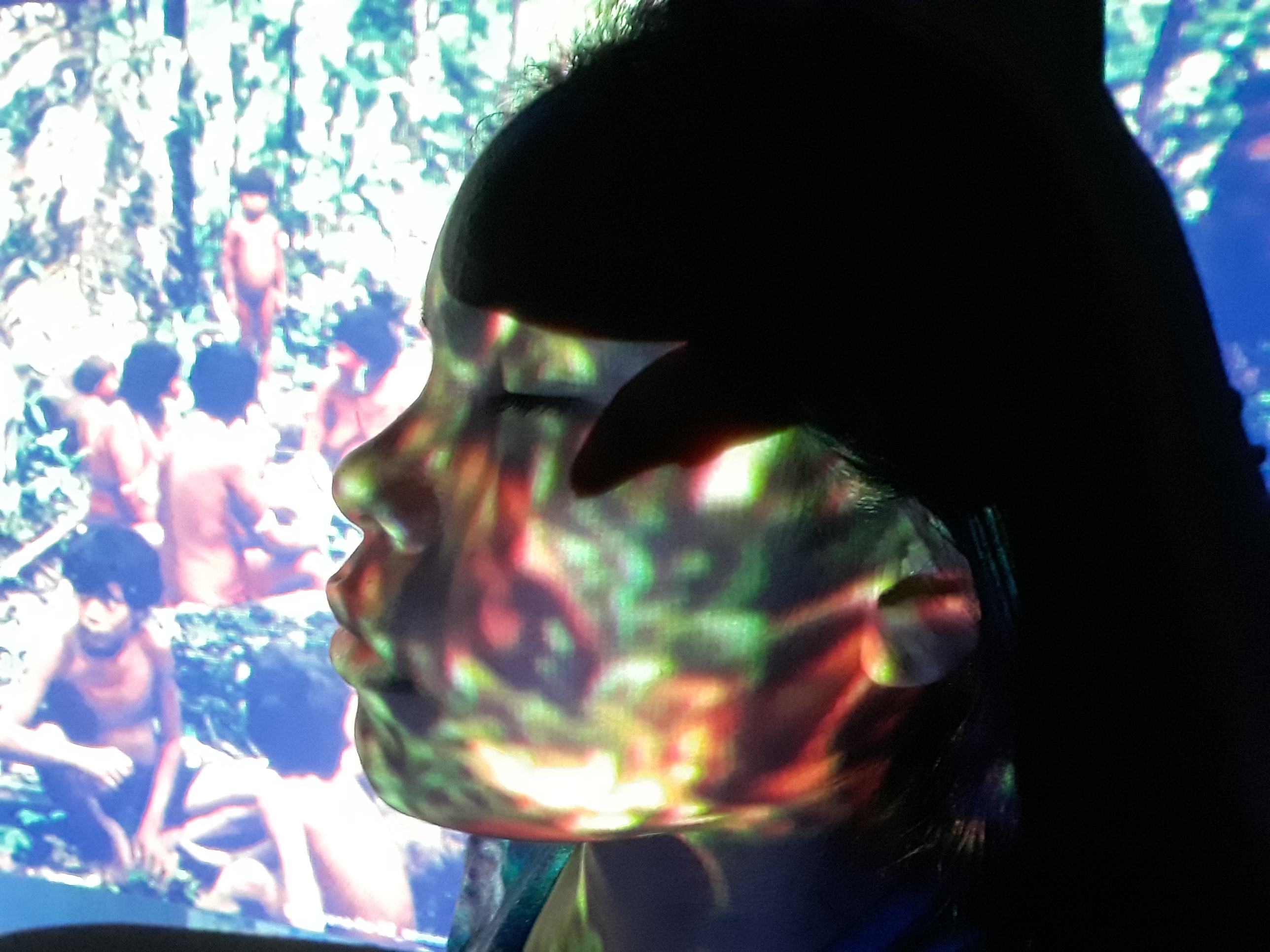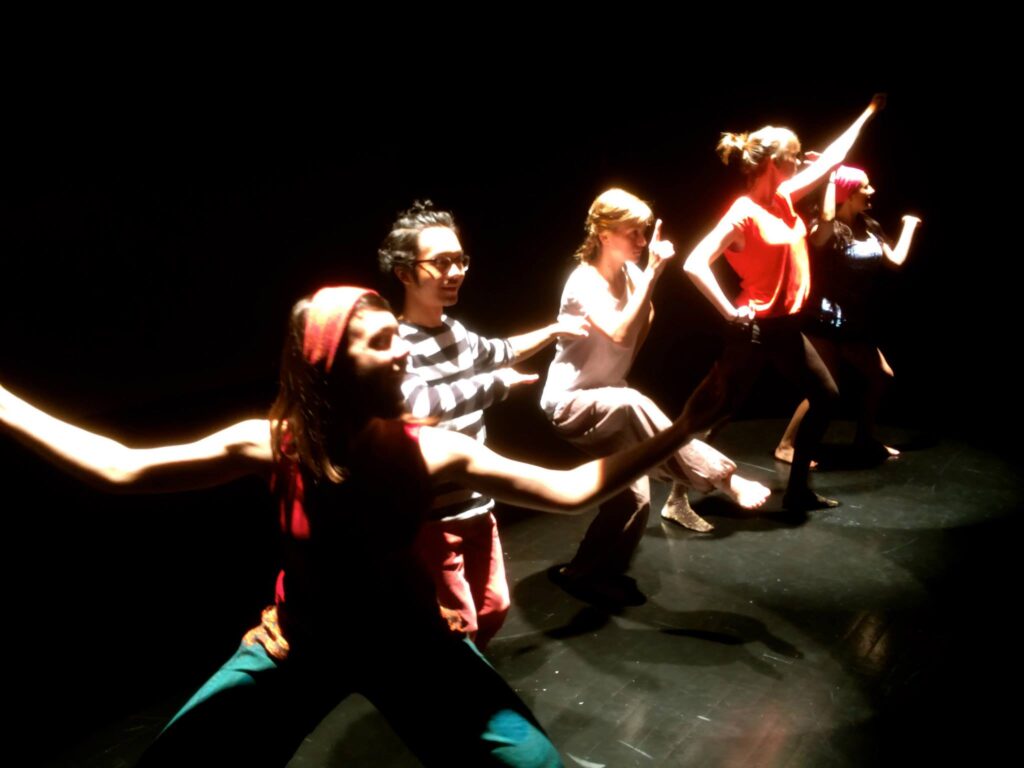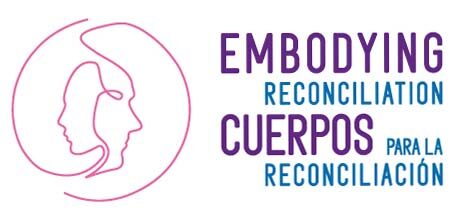"(...) he found in his scar, the very possibility of narrating himself"
Santiago Bastidas
CORPOREALITIES
Although there are multiple and diverse theories about the body that define it either as a symbolic place or as an object that can be manipulated by external or internal factors, from the approach of dance anthropology it is contextualized by “(…) the movement, time and space, within a specific structure of systems with cultural meaning, that is, specialized movements that have sociocultural significance, and that are culturally constructed modes of human action” (Mora, 2010). The anthropological and embodied stance provides a window for understanding the relationships with the environment that surrounds us. Moreover, bodily practices can reveal relevant information regarding kinship, gender, community relationships as well as an extended perspective about the body as a place that allows the reconstruction of consciousness, and the development of individuals embedded in a larger scheme.
Exploring communication through the body is exploring a non-verbal language that connects the world, regardless of the political, economic, social, or cultural differences. The body is the tool that identifies us all as human beings and the mirror wherein we can recognize our shared humanity beyond differences. It allows us to transcend cultural codes and social gaps while connecting with the essential dimension of individuals. Just as the body and movement allow us to understand cultural diversity, in the same way, it connects us to human emotions, thoughts, and relationships; identifying and expressing transcendent aspects of human beings to know ourselves and then communicate assertively with others.


Memory is stored in the body as baggage or an archive that we can reactivate and re-signify at any time in life and within it, diverse bodily and artistic practices of people and cultures can be understood and analyzed. Our starting point is the experience of the body as a field, the first territory that we inhabit and the last home that we leave. The body is also that which keeps us in transit and on the move. In the corporeal landscapes, we bring the traces of the cultural heritage of our communities: gestures, ways of being, and ways of speaking, walking, singing, dancing, and other communication strategies.
The individual and the collective dimensions are connected through these embodied cultural codes and the tension about their possible meanings is inscribed in our bodily landscapes. How can we perceive our stories in our bodies? How can we express and represent our lived experiences inscribed in a collective history? How can we transform the wounds that have been inscribed in our bodies?
Starting from the premise that the body can explore and re-signify, the line of action that we work from involves the acknowledgment that our corporealities tend to talk about embodied and relational memories that we have engrained. To transform our own vision about our bodies’ potential and provide tools to liberate, understand and transform negative situations into creative resources, we have to consider wellbeing as a factor at play. This won’t happen unless we start shaping responsible citizens to take care of themselves, their environment, and cultural heritage; as active subjects engaged in processes of collective reconciliation and the reconstruction of a peaceful society.
© Copyright 2016 – Corporación Embodying Reconciliation – Cuerpos para la Reconciliación
